How Driving the Current and Original Miatas Has Me Excited for Its Electrified Future

This summer, Mazda confirmed it would be adding electrification to the next-generation Miata. Much gnashing of teeth ensued.
The move was inevitable, as was the response. Show up to an average Mustang meetup in a Mach-E and see what happens.
That’s like comparing apples to oranges though—or Miatas to Mustangs. Ford’s EV darling is very good, but it attaches the Mustang name to a very different vehicle than the one the badge is normally on. On the other hand, the Miata has stayed resolutely, stubbornly true to form the last three decades. That doesn’t look to change, either: Mazda told Road & Track that the brand “will work hard to make it a lightweight, affordable, open two-seater sports car in order to meet the needs of customers.”
Get a Quote on a New Mazda MX-5 MiataWhatever amount of electrification the next Miata features, I’m not concerned. In fact, I’m excited. That’s because I spent a long weekend with an original specimen as well as the latest MX-5. Despite the 31 years between them, there’s a lot of shared DNA.
The past: 1990 Miata
I have a confession: up until I first sat in the soft, squishy seats of this pristine Mariner Blue Miata, I had never driven an NA-gen car. It was just one of those to-do list entries I never got around to, like watching The Godfather or doing my taxes more than a day before the deadline. Part of Mazda Canada’s heritage fleet, this 1990 car has just 80,000 km under its adorable 14-inch wheels.
A stubby little shifter protrudes out of the simple center console, giving the driver full control over the five-speed manual. I expect it to be recalcitrant, tricky. Not a chance. The shifter moves through the gears with a positive, mechanical action. The long-travel clutch pedal is weighted nicely, with a bite point right near the middle. Feed in just a hint of throttle and the Miata rolls off smoothly. It prefers a bit of revs on the tach for the 1–2 shift. The shifter throws are short, with exception to fifth, which is a trek.
Driving an original Miata means regularly using top gear, too. This gearbox is closely stacked, so highway driving means 3,000 rpm or more. A close-ratio ‘box never hid the fact the Miata, even when new, was never what you’d call fast. That’s not the point. The NA is reasonably quick around the city though, with sharp throttle response and a distinct lack of weight. The 1.6-liter inline-four put out 116 horsepower when new. Maybe a couple of those ponies have went their own way the last 30 years, but it can’t have been many. The pedals are spaced ever so slightly too wide for ideal heel-and-toe, but the Miata responds well to it anyway.
SEE ALSO: 2020 Mazda MX-5 Miata Review: Ooh-Ooh What a FeelingWith the plump sidewalls of those little 185/14 tires, the ride quality of the NA has a soft edge, like Mazda applied a vignette filter to the whole world. It glides over small road imperfections, though there is a noticeable amount of chassis flex over nastier bumps. The power steering is sweet, the big rim brimming with feel and positive weighting. You don’t so much steer the NA into a corner as pour it, the tiny rubber lacking the outright grip of the modern machine.
The Miata’s mission has always been one of simplicity. The interior is straight-forward to the extreme: simple vents, no cupholders, and a tiny center console. It takes all of a second to figure out the climate controls. Dropping the top is a solo affair, done right from the driver’s seat at a stoplight. You’ll have to contend with the passenger window staying up, though: these are manual wind-up windows, remember.
Expect attention. The happy face of a lights-up NA is reflected back everywhere I go. A family rolls their window down to shout approval at a light. I let an Audi driver in ahead of a construction zone and he stops briefly to talk about old Miatas. (Don’t worry, there was nobody behind me.) I lose count of the thumbs up beamed our way—okay, exclusively the Miata’s way—over just the weekend. It’s a rolling smile factory, and after the last year and a half, the world could use more smiles.
The present: 2021 Mazda MX-5 Miata RF
Jump into the ND, and there’s an immediate familiarity. The relationship between the driver’s seat and the wheel feels just as natural here, and the pedal spacing is tighter, better. Mazda has mounted the seats even lower, and combined with the thicker doors—modern safety—the cabin is snugger than the NA. There are nods to modern convenience: the flimsy cupholders at the tail end of the center console; an infotainment screen sitting proud of the dashboard; power windows. Classic white-on-black dials are a clear update on the original, only this time with the tachometer taking center stage, like a Porsche.
I’ll level with you: the infotainment is awful. It’s that unfortunate mix of ugly and laggy. Photographer Harry at one point counts the seconds before it responds to inputs. Maybe this was all intentional: Mazda made the infotainment so maddeningly obstinate that drivers just forget it and get on with the actual driving. It’s here the ND excels.
Sticky Bridgestones ensure grip levels exponentially higher than the NA. The RF may be carrying extra weight (curb weight is 2,460 lb / 1,116 kg), but you’d never know it based on how it slices into corners. Turn-in is sharper, but the ND never surprises you with it, and crucially, the overall balance remains the same. The power steering is now of the electric persuasion instead of hydraulic, but it still has that delicately talkative feel to it.
SEE ALSO: 2020 Mazda MX-5 Miata vs 2020 Toyota 86 ComparisonThe engine zings up to its 7,500-rpm redline, producing its full 181 hp just 500 rpm shy. Shifts are even closer here, the slick six-speed encouraging the driver to row often. I thought the NA had a friendly clutch pedal, but the ND’s is even more forgiving and easy to read.
Why’d we bring the RF for this family reunion? Simple: we wanted to highlight how much the Miata has evolved while sticking to the original formula. The RF is a baby GT. The swanky white Nappa leather—new for 2021, along with the dark blue exterior paint—looks and feels great. A powered roof tidily puts itself to bed at the touch of a button. With the windows up at highway speeds, the cabin is even reasonably calm.
There’s a clear throughline between these two open-top wonders. It’s that Jinba-Ittai philosophy, alive and well: the sense of oneness between rider and horse. There’s no selectable driving modes in the MX-5, because it’s an MX-5: the car trusts you to know how you want to drive it. There’s just the right amount of power versus grip, of steering speed versus suspension damping. The tiny footprint and set-back seating position means both cars rotate right around the driver’s hip point. The ND’s limits may be higher—braking and tire technology have come a long way—but the intuitiveness of the drive remains.
The future: ???
Weirdly enough, as AutoGuide lined up this feature, Mazda wouldn’t spill the beans on what’s in store for the next generation, beyond confirming some level of electrification. We even asked extra-nicely. So we’re putting on our guessing hats.
A mild-hybrid system aligns best with the core principles of the Miata: light weight, easy to use, and (relatively) affordable. An integrated starter-generator setup could handle more of the car’s electronics, improve efficiency through a more aggressive start-stop setup, and offer brief bursts of additional torque. The Miata’s jam has never been absolute power, so this would only complement the ICE power plant.
But what about something wilder? Is the world ready for an all-electric Miata? The toughest hurdle there is weight: even a smaller battery, like the 35.5-kWh item in the 100-mile-range (160-kilometer) MX-30 EV weighs a few hundred pounds more than an equivalent ICE setup. The MX-30 comes in at nearly 200 lb (90 kg) heavier than a CX-30 Turbo, after all. An EV MX-5 at the top of the NE range could be a small-numbers halo model, only available in an RF-style body. It might have to lose the manual gearbox— though even those are making their way to EVs.
(Side note: how perfect is it that the NE designation will align with an electrified Miata?)
SEE ALSO: Mazda CX-30 vs Mercedes-Benz GLA Comparison: Lofty AspirationsThe best part? Both setups can still follow the Jinba-Ittai philosophy. A holistic approach to how the car’s suspension, steering, and drivetrain work together in harmony doesn’t rely on refined dino juice. As fun as it is to wind the ND’s current 2.0-liter right up to its 7,500 rpm redline, the engine isn’t—and arguably has never been—the star of the show. It’s that feeling of being central to the show, the conductor to all parts of the symphony.
Mazda has earned our trust. Over 30 years, the Miata has stayed true to the original ethos, offering up fun in a compact, two-seater, open-air package. An electrified Miata can do all of that. Best of all, as it whirs near-silently down the street, the sounds of joy it provides will be that much clearer.
Become an AutoGuide insider. Get the latest from the automotive world first by subscribing to our newsletter here.

Kyle began his automotive obsession before he even started school, courtesy of a remote control Porsche and various LEGO sets. He later studied advertising and graphic design at Humber College, which led him to writing about cars (both real and digital). He is now a proud member of the Automobile Journalists Association of Canada (AJAC), where he was the Journalist of the Year runner-up for 2021.
More by Kyle Patrick



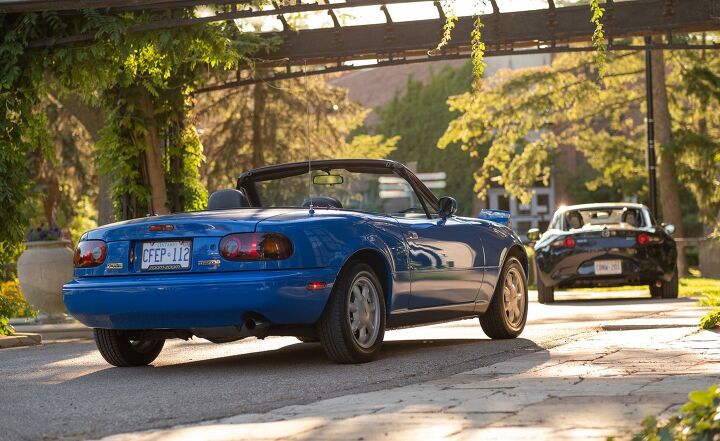






















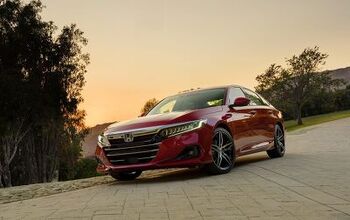
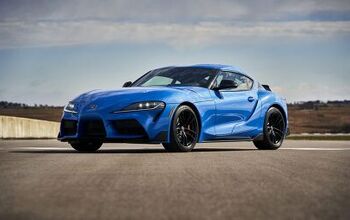

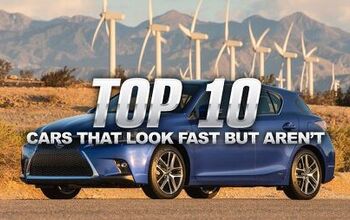
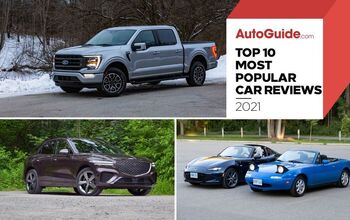
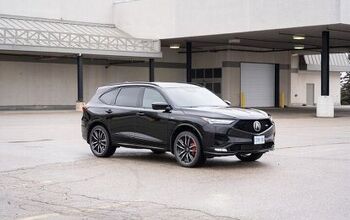
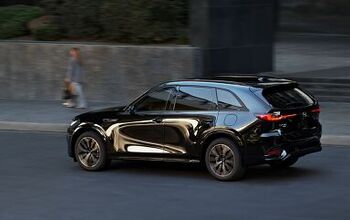
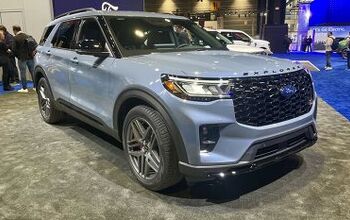
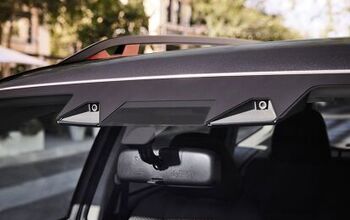
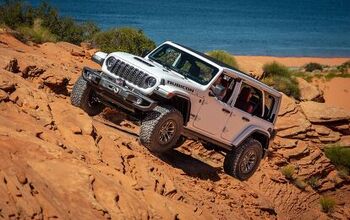
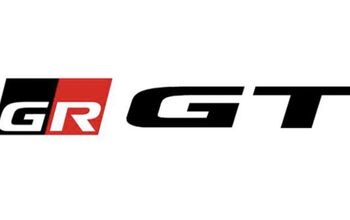


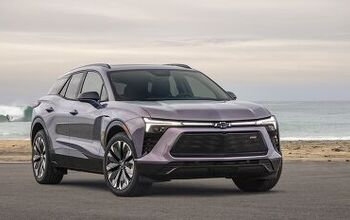

Comments
Join the conversation